Spanish II covers the five Cs of the ACTFL standard: communication, cultures, connections, comparisons, and communities. The instruction is balanced between the thematic and communicative approaches to learning language.
Leveraging Spanish I concepts, Spanish II students learn to communicate more confidently about themselves and their hopes and fears, as well as about topics beyond their own lives — both in formal and informal situations. Each lesson presents vocabulary, grammar, and culture in context, followed by explanations and exercises. Students expand their vocabulary in cooking, geography, and architecture. Instruction in language structure and grammar includes verb forms, tenses, moods and uses, impersonal constructions, and reported speech. Students deepen their knowledge of Spanish-speaking regions and cultures by learning about history, literature, culture, and contemporary issues. Students also are encouraged to consult materials outside the course, such as Web links, community resources, or other media, to better understand Spanish-speaking culture and people.
Spanish II is balanced between the thematic and communicative approaches to learning language. This course is built to the American Council on the Teaching of Foreign Languages (ACTFL) standards.
2 semesters, 1 credit


